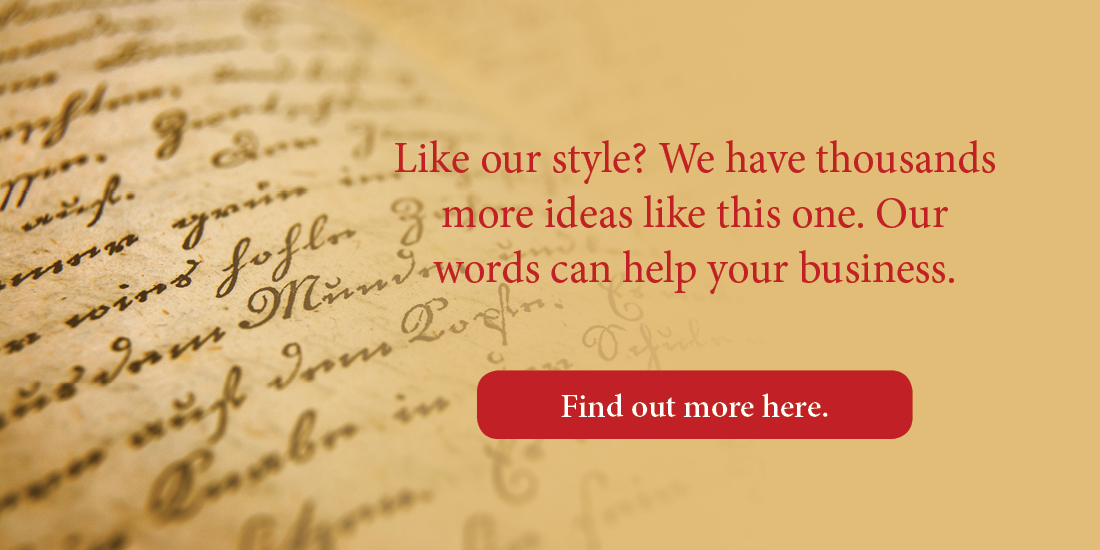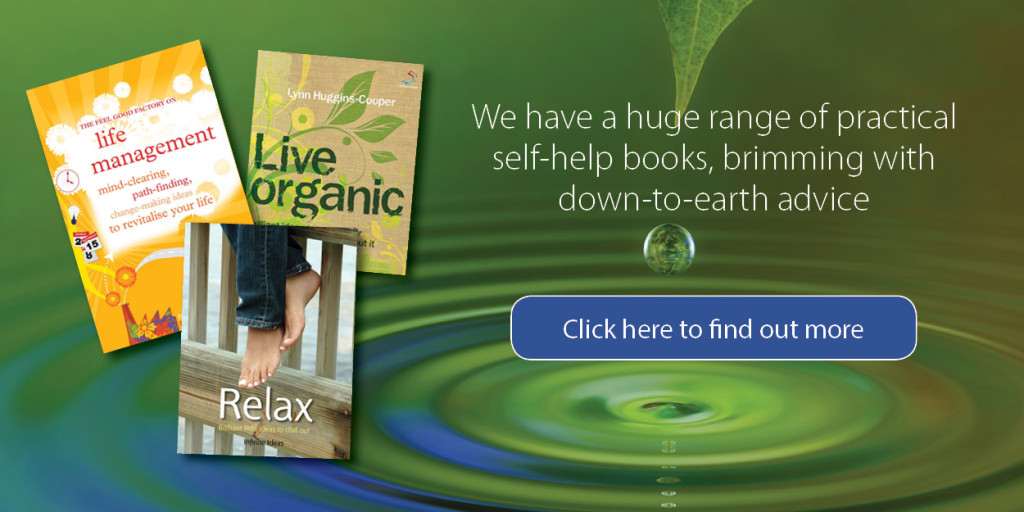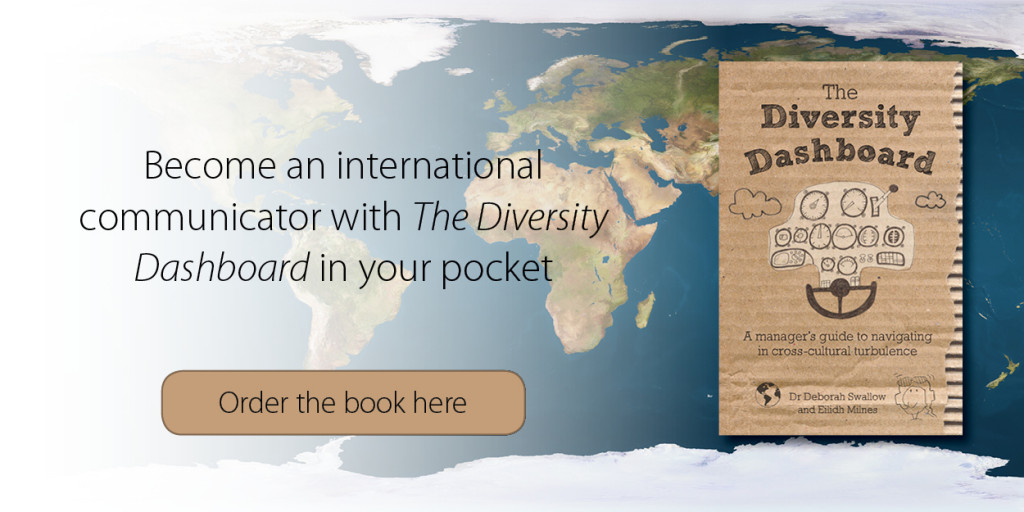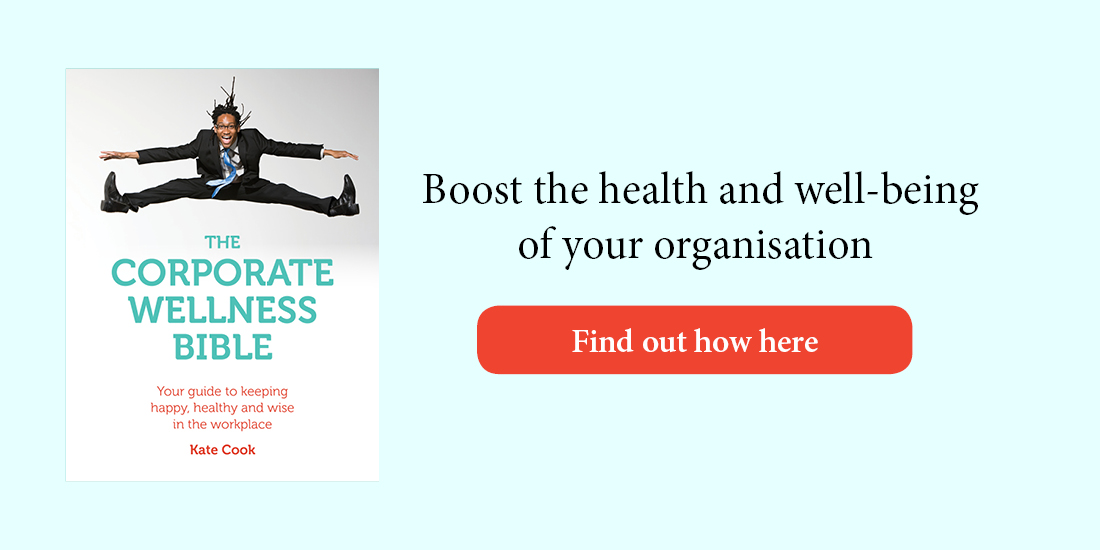Author Archives: Catherine Holdsworth
FREE: Nicholas Faith’s Guide to Cognac
5 August 2014 by Catherine Holdsworth in Wine and spirits
Your FREE copy of the 2014 edition of Nicholas Faith’s Guide to Cognac, with a completely updated directory and tasting notes, is available here.
This invaluable resource for fans of cognac and other drinks draws on the latest edition of Nicholas’s prize-winning Cognac: The Story of the World’s Greatest Brandy, published by Infinite Ideas.
The book is available to download completely free of charge as a PDF or as an ebook for your Kindle or other e-reading device.
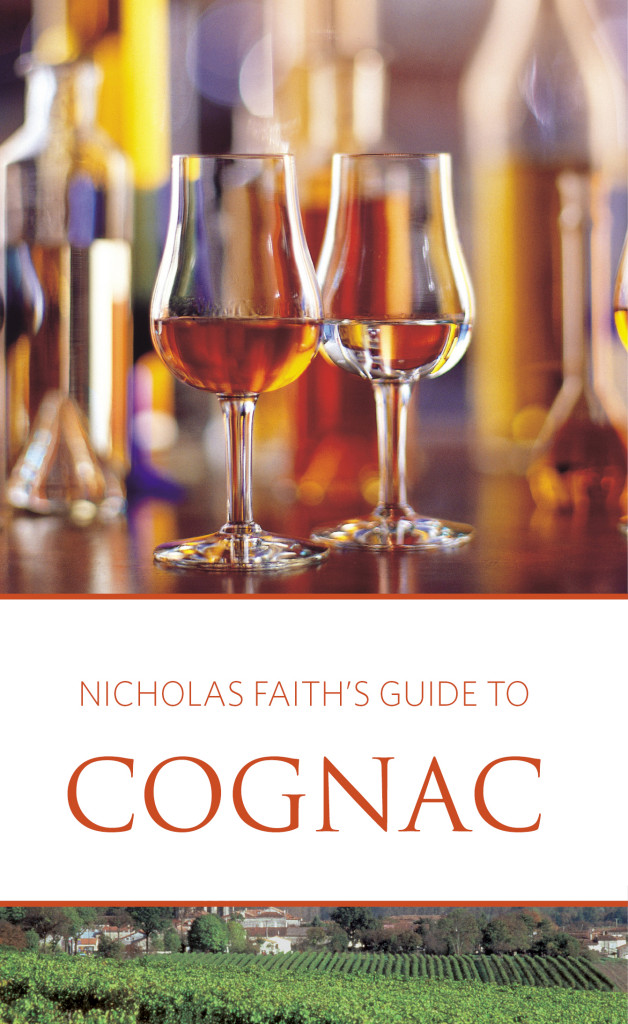 This directory of cognac brands is based on the author’s thirty years’ experience in writing about the world’s greatest brandy, visiting the region’s producers and discussing their offerings with them. The tasting notes reflect Nicholas’s personal tastes, which are for cognacs which combine purity – that is, the lack of any apparent sugar, caramel, or artificial woodiness – with positive qualities, reflecting grapiness, nuttiness and fresh or candied fruitiness.
This directory of cognac brands is based on the author’s thirty years’ experience in writing about the world’s greatest brandy, visiting the region’s producers and discussing their offerings with them. The tasting notes reflect Nicholas’s personal tastes, which are for cognacs which combine purity – that is, the lack of any apparent sugar, caramel, or artificial woodiness – with positive qualities, reflecting grapiness, nuttiness and fresh or candied fruitiness.
Nicholas Faith’s Guide to Cognac provides full contact details and tasting notes for well over 100 cognac producers. In addition our friends at Cognac-Expert.com have supplied some tempting cocktail recipes to sample.
We hope this directory will provide you with an up-to-date source of information while also introducing you to a new world of cognac producers.
Our book has been recommended by Per Karlsson, of BK Wine Magazine: ‘If you want to know a little more about cognac you could do worse than getting yourself a free copy of Nicholas Faith’s Guide to Cognac. You can buy [a printed version or] the electronic version at no cost.
Nicolas Faith is an expert on cognac and has written extensively on it over many years. Perhaps one of the world leading experts on the spirit from Charentes.
This small book contains an introduction to cognac and a “directory” of the main cognac producers, including short profiles and tasting notes of the producers. More than 100 producers are included. It is short, concise and a good start for the cognac lover.
This book is based on Nicolas Faith’s much more extensive tome Cognac: The Story of the World’s Greatest Brandy, published by Infinite Ideas. “The Guide” has some 130 pages in small format whereas “The Story” is more than 200 pages filled with much denser text.’
The War Centenary: 100 years since The Old Lie
4 August 2014 by Catherine Holdsworth in Current events
Dulce et decorum est … remember the war.Today is the centenary of the declaration of war on Germany by Britain and her allies. An event marking the centenary of the German invasion of Belgium is being attended by world leaders in Liege. While in our office, Richard’s still trying to remember what he did in the Great War, there are probably many of you out there wondering about your family’s contribution and involvement.
Our book, Discover your roots offers helpful tips on how to find out about your family history. The idea of trawling through the National Archive sounds quite exciting to us!
More has been written about the First World War than probably any other historical
event. There are thousands of books covering every imaginable aspect of the conflict: you are certain to find several, if not a surfeit, of books covering any specific area of interest you may have. If you know little about the ‘Great War’ – its causes, course and aftermath – then initially the children’s section of your local library or bookshop is a good starting point because the information is generally far clearer, objective and compact. Or look at the excellent websites designed for schools.
The Imperial War Museum in London is a rich source for information on many aspects of the First World War. Although known principally as a ‘museum’, there are several departments holding a variety of information: personal documents, including unpublished diaries, poems, letters and memoirs; over six million photographs, including unit photographs, ships, hospitals and many individuals (although usually of senior personnel); film, video, and sound recording; and the collection of drawings and paintings commissioned under the official war artists scheme. Regimental museums and other specialist military repositories may also hold similar material to the Imperial War Museum, but related to their particular area of interest.
It is The National Archives (TNA) that holds nearly all the official records relating to the war itself, and those who fought in it. The three most important series of records are the Campaign Medal Rolls, the Official War Diaries and personnel Service Papers. These last are held at TNA only for those who left or were discharged in the years following the war: those who stayed on as career soldiers, sailors or airmen are still held by the Ministry of Defence. Service records for army officers and ordinary soldiers have had very different histories since the end of the war. Those relating to officers who left the service before March 1922 have fared very well and, with only a few exceptions, all the papers survive. Unfortunately, for the enlisted men, the situation is quite different, as the majority of papers were destroyed or badly damaged by enemy action in 1940. In recent years, there has been a great deal of reconstruction work undertaken and now about 40% of papers for ordinary soldiers whose service ended before 1921 are available for research at TNA. These are in two series generally known as the ‘burnt’ and ‘unburnt’.
Royal Navy officers (to 1920) and ordinary seamen (to 1928) also have a virtually completes series of service records. The Royal Air Force was founded on 1 April 1918, before which records of airmen will be found in either army (Royal Flying Corps) or naval records (Royal Naval Air Service). All those officers and airmen whose service included a period in the RAF (to 1920) have records held at TNA.
Campaign or war medals were awarded to members of the armed services for taking part in a campaign or for service in time of war. For the First World War, all servicemen of all services, some women, and some civilians, were eligible for one or more campaign medals if they served abroad. In addition to campaign medals, many other servicemen and women were awarded medals for gallantry or were mentioned in despatches. Again, all the records are held by TNA.
 The War Diaries date from 1914 to 1922 and therefore cover the hostilities, and also the post-war armies of occupation. Some diaries record little more than daily losses, map references, etc.: others are much more descriptive. It is unusual for diaries to mention the names of ordinary soldiers, but you can sometimes find details in the diaries about awards of the Military Medal and the Meritorious Service Medal.
The War Diaries date from 1914 to 1922 and therefore cover the hostilities, and also the post-war armies of occupation. Some diaries record little more than daily losses, map references, etc.: others are much more descriptive. It is unusual for diaries to mention the names of ordinary soldiers, but you can sometimes find details in the diaries about awards of the Military Medal and the Meritorious Service Medal.
Discovering what somebody actually did, if they were in one of the Services, during the Great War (1914–1918) can be remarkably difficult. Service records, where they survive, give relatively little detail. Published and manuscript histories and diaries rarely give names, especially of those who were not officers. What is left is general information from which specific inferences have to be drawn.
White/Pinkman: The Ultimate Business Partnership?
1 August 2014 by Catherine Holdsworth in Business and finance, Entertainment
In less than a year, the UK will have a general election and the infamous coalition (or business partnership) of David Cameron and Nick Clegg will most likely be dissolved, resigned to the history books as one of the most unusual political partnerships of the decade. Another recent partnership to disband is that of Walter White and Jesse Pinkman, an incredibly unlikely team who were incredibly successful.
Breaking Bad has sadly ended (though we wait in hope for the promised spin-off Better Call Saul) but what can we learn from Walter White and his accomplice Pinkman about running a successful business?
Perhaps the main reason that the White/Pinkman team worked so effectively was because there was no prior friendship or association to cloud the progression. Once they had ironed-out Pinkman’s doubts about his former chemistry teacher, they were (at least in the early years) an infallible team. One is reminded of the ultimate successful businessman, Godfather Michael Corleone, and his words to his brother, ‘It’s not personal, Sonny, it’s strictly business’. Corleone, however, was not half of a partnership, to his downfall, and was ultimately left standing alone. Mixing business and family is dangerous.
 Unrelated to each other, Walt and Jesse were able to function on a business level, identifying their strengths (Walt’s chemistry knowledge and Jesse’s networking skills, aka contacts within the meth community) and exploiting them. Although the partners fell out on many occasions, only towards the end of Breaking Bad, as Walt became increasingly despotic, did the partnership go seriously awry. Arguably, by season 5, Walt looked on Jesse as a son and the line between family and business became blurred (remember when Jesse went to Walt’s for dinner?), although Jesse never called him anything but Mr White (unless you count ‘bitch’).
Unrelated to each other, Walt and Jesse were able to function on a business level, identifying their strengths (Walt’s chemistry knowledge and Jesse’s networking skills, aka contacts within the meth community) and exploiting them. Although the partners fell out on many occasions, only towards the end of Breaking Bad, as Walt became increasingly despotic, did the partnership go seriously awry. Arguably, by season 5, Walt looked on Jesse as a son and the line between family and business became blurred (remember when Jesse went to Walt’s for dinner?), although Jesse never called him anything but Mr White (unless you count ‘bitch’).
When running a business, exploit your assets and skills. Be pragmatic and employ those who are good at their job rather than somebody that you owe a favour to or who is your friend. There’s nothing worse than a corporate dispute that breaks up a family. Had Walt not involved wife Skyler in laundering the money, perhaps his business could have flourished for longer.
Focus on the reason for your business. For Walt, it was to pay for his health care and set his family up financially in case of his death. Becoming too involved in your business, at the expense of all else in your life, or losing focus can be very risky; eventually it became the only thing Walt cared about: ‘I did it for me. I liked it. I was good at it. And, I was really … I was alive.’ But did it do him any good?
Invest in a reliable partner; someone not afraid to call you out when you overstep the mark and who can contribute something different to you. Diversity and a willingness to embrace change are key. You may not have a lock-up piled high with money … but then maybe you will!
Anger Management for Orlando Bloom
30 July 2014 by Catherine Holdsworth in Current events, Entertainment, The Diversity Dashboard
As per usual, we in the Infinite Ideas office are entertained by the latest celebrity scandals. Today we were amused to read about Orlando Bloom throwing a punch at tween icon, Justin Bieber. While we empathise with Bloom, who seemed infuriated at the concept of young Bieber romancing his ex-wife, we do not advocate violence* and so we have decided to prescribe Mr Bloom some good old-fashioned anger management.
The brilliant book of calm offers excellent tips on how to beat those angry urges:
Anger in and of itself is not bad. If it was then you’d never have had the civil rights movement, women would never have got the vote, we would not have been able to remove corrupt leaders from our governments; quite a few good things have resulted from a well-placed sense of righteous anger. What’s bad is when you hurt someone else – either emotionally or physically – because you’re unable to express your anger appropriately.
Also, when you feel angry about something, consider fi rst if there is anything constructive you can do about it. Write to your MP? Write a letter of complaint? Ask to see a manager? Go to marriage or career counselling? Once you’ve exhausted the constructive ‘dealing with the problem’ options, look at dealing with the emotion. Physical exercise tends to drain away anger like nothing else. So perhaps you could go for a swim or a walk? Above all, don’t take your anger out on your friends and family. They are your support network and you should be kind to them. You know it makes sense.
Apart from anger management courses, you can remove yourself from the situation and go for a short walk to calm down. Or consider taking up an energetic sport like boxing or martial arts to channel your aggression safely. If you start to feel out of control, speak to your GP, who can also check for hormonal imbalance and advise on counselling services.
*In this case, we are in Bloom’s corner; Bieber had it coming!
Dear Usain Bolt …
30 July 2014 by Catherine Holdsworth in Business and finance, Current events, Entertainment, The Diversity Dashboard
It has emerged that Usain Bolt, Olympic 100m champion, has been quoted as saying that the 2014 Commonwealth Games in Glasgow were, ‘a bit shit’. No doubt Glaswegians are used to such language, but coming from a globally renowned athlete, this hits below the belt. We can sympathise with Bolt, who being from Jamaica, perhaps isn’t used to the traditional Scottish weather that has been especially atmospheric and representative of the Games’ host city.
Nevertheless, with over 70 nations competing this year, it would seem that Bolt’s cultural compass is a little off course. Luckily, our book, Diversity dashboard by Dr Deborah Swallow and Eilidh Milnes, offers excellent advice that we hope Bolt will take on board in time for Brazil 2016!
Ten strategies for clear, cross-cultural communication:
- Speak slowly and clearly
- Ask for clarification or summarize your understanding of what has been said
- Frequently check for others’ understanding
- Avoid idioms, metaphors and other colloquialisms
- Cut out jargon
- Clearly define your business concepts – e.g. what does ‘as soon as possible’ (or ‘a bit shit’) mean?
- Be specific
- Choose your medium of communication effectively
- Provide information via multiple channels
- Be patient
Getting into the spirit of the Commonwealth Games
25 July 2014 by Catherine Holdsworth in Current events, Lifestyle
Last night the Commonwealth Games officially opened in Glasgow so it’s time for us all to revive the enthusiasm that we had two years ago for the London Olympics. Team GB may now be divided, but surely that gives us infinitely more reasons to cheer?
If, like us at Infinite Ideas, you’re struggling to think of which sport you should be training for, take this simple test. Rebecca has signed up for Judo, Catherine is dusting off her hockey stick, and Richard thinks he’d be good at netball (though the general consensus is that he should join a lawn bowls team).
If, however, you are stuck in the office during the Games and taking up judo is a distant dream, Corporate Wellness expert Kate Cook offers advice on how to keep fit even when at your desk:
Pilates is a great way of avoiding injury and you don’t have to be a dancer to benefit – the average desk jockey risks quite enough damage at work, and a few simple moves can ease the pain of the working day.
Pilates first found fame as a way for injured dancers to recover their strength and mobility. With its emphasis on building up tone with low stress and few repetitions it proved a great way of recovering dynamically – essential for those aiming to get back to full fitness as fast as possible.
These days the walking wounded that turn to it are just as likely to be office workers with back pain and stiff necks. Ironically many of them will perform their Pilates moves with great care and attention in the studio, then go back to doing exactly what caused the problem once they’re back in the familiar surroundings of the office. While the studio is undoubtedly the place to learn new moves, you can practice them just about anywhere on the planet, and Pilates in the office is a great way of preventing those problems from showing up in the first place. Take it from me. I found out the hard way. A professional life slaving over a hot keyboard left me with chronic back pain, stiff hands and an amusingly lop-sided neck from clutching a phone under my chin. These days I make sure I get away from the keyboard often enough to give my body a break, but when deadlines are tight, or the boss is hanging over your shoulder, you don’t have to leave your seat to perform simple exercises to release those muscles, help your posture and above all ease the stress.
Since we tend to store up stress in the shoulders, try to roll it out again with shoulder rotations. Mobility exercises – taking the joints through their full range of movement – are a staple of most forms of modern exercising and Joseph H. was a great fan as can be seen from exercises like the one leg circle which was one of the first he taught in Return to Life through Contrology. Your shoulder, like your hip, is a ball and socket joint, meaning it can rotate in any direction, so every now and again you should let it. Sitting in neutral, with your feet flat on the floor and your shoulders relaxed but not slumped, bend your elbows and rest your fingertips on your shoulder (right on right, left on left). Now circle them forwards and upwards so your elbows touch, then lift up above your ears, pull back to be in line with your shoulders and finally come forward again. Now perform the same circle but in the opposite direction – remember the importance of working every equal and opposite muscle so that for every pull there is a push.
The best office destressing exercise is undoubtedly to land a clean right hook on the boss, but since this may lead to ugliness it’s worth looking at other options.
Stress balls – those squidgy balls you can squash in your fist when anxiety rises – are a good exercise for your hand muscles. The problem is people often tense the trapezius muscle that leads to the shoulders when they do. If you use a stress ball, then make sure you perform the shoulder roll above.
Now work on the fingers – if you’ve been typing, then they’re probably tense and tired. Despite the publicity about RSI you only have to look around any office for a couple of minutes and you’ll find keyboards without wrist wrests, keyboards set up at the wrong height for the seat and keyboards right at the edge of the desk so there’s nowhere to rest your elbows. Concentrated mouse work, even with elegantly shaped ergonomic mice, can also put real pressure on your fingers. Remember that before you start your fiftieth game of minesweeper.
To release tension in the fingers start by turning your hands palm upwards and bring the tip of each finger in turn to the tip of your thumb then repeat the sequence. Just to make things a little more interesting, try starting with the little finger on one hand at the same time as you start at the index finger on the other so the two hands are out of synch.
Next, hold all your fingers our flat together and then open up the gap between the second and third fingers so that the first and second pull away in one direction and the third and fourth in the other. Sci-fi fans will immediately recognise this as the Vulcan greeting. Now bring the second and third fingers together and keep them together and this time open up the gaps between the first and second, and third and fourth. Try not to do this if the self-appointed office wit is around, otherwise Spock/Mork and Mindy gags will follow you around forever.
Put your arm up in the air, bend your elbow and allow your hand to rest on the top of your head with your fingers on the side just touching your ear. Now gently ease into a stretch by pulling very lightly with the hand while resisting gently with the head and neck muscles as if you were trying to straighten your neck against the pull of your hand. Don’t overdo it: this is a gentle release of the muscles in the neck for just a few seconds. Now reverse arms and do the other side. Now roll your head back and circle. There, feel slightly less homicidal now?

